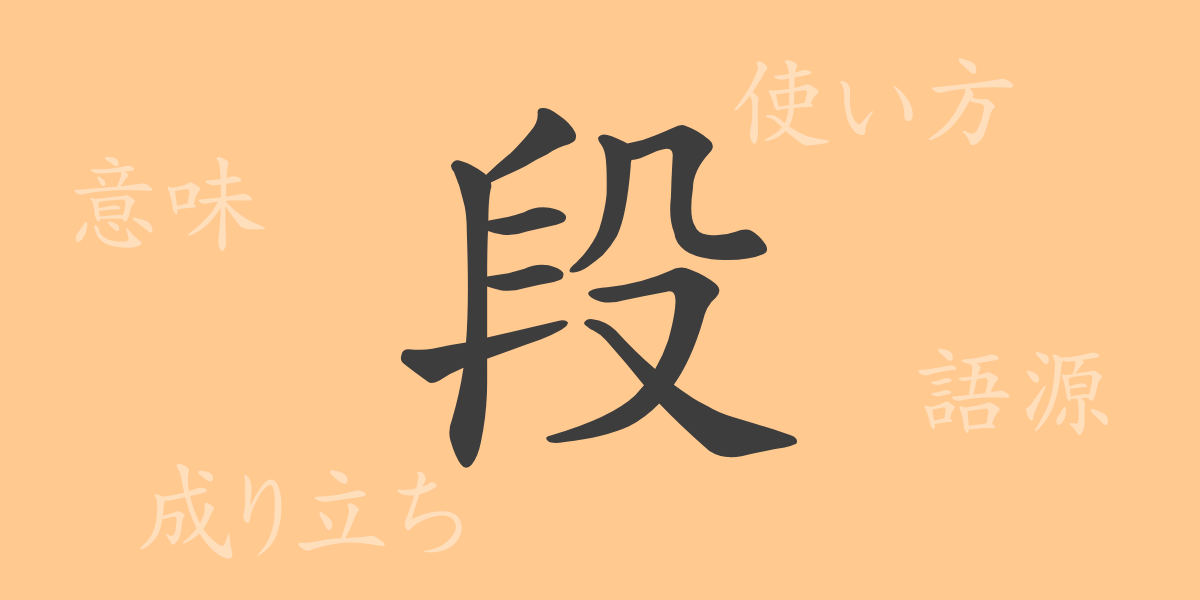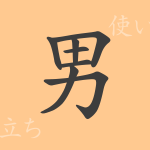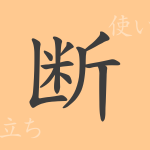The depth of meaning and various uses of a single Kanji character highlight the richness of the Japanese language. The Kanji “段” (だん) (dan) is no exception. Frequently seen in daily life, what is the history of this character, and how is it integrated into our language? This article explores the origins, meanings, usage, and even idioms and expressions involving “段” to fully reveal its significance.
Origins of “段” (だん) (dan)
The origins of the Kanji “段” are ancient, with its form evolving in stages. Tracing back its etymology, “段” initially referred to steps or levels, and from there it came to indicate various stages or parts. Additionally, it is said to be derived from the character “斷” (だん) (dan), which means to cut off or divide.
Meaning and Usage of “段” (だん) (dan)
The Kanji “段” is used to indicate order, levels, and stages. For instance, “一段” (いちだん) (ichidan) means one step or level, and “段々” (だんだん) (dandan) describes a gradual change. In the phrase “段取り” (だんどり) (dandori), it refers to the preparations or steps needed to proceed with something, a commonly used expression in daily conversations.
Reading, Stroke Count, and Radical of “段” (だん) (dan)
The Kanji “段” also demonstrates the diversity of the Japanese language in its readings and structure.
- Reading: On’yomi (音読み) is “ダン” (だん) (dan); there is no Kun’yomi (訓読み).
- Stroke count: 9 strokes in total.
- Radical: The radical is 木部 (きへん) (kihen), meaning wood.
Idioms, Proverbs, and Expressions Using “段” (だん) (dan) and Their Meanings
There are many idioms, proverbs, and expressions using “段,” each illustrating the richness of Japanese expression. For example, “一段落” (いちだんらく) (ichidanraku) means reaching a certain point of completion, and “段階を踏む” (だんかいをふむ) (dankai o fumu) means to proceed step by step. Additionally, the idiom “飛ぶ鳥を落とす勢い” (とぶとりをおとすいきおい) (tobu tori o otosu ikioi) uses “段” to emphasize great momentum or power.
Summary of “段” (だん) (dan)
The Kanji “段” goes beyond merely referring to steps or levels; it embodies rich expressions. Its use in Japanese is essential for indicating order and progression, and through idioms and expressions, it is deeply rooted in our language. Understanding the various aspects of a single Kanji like “段” is extremely valuable for deepening one’s understanding of Japanese.

























